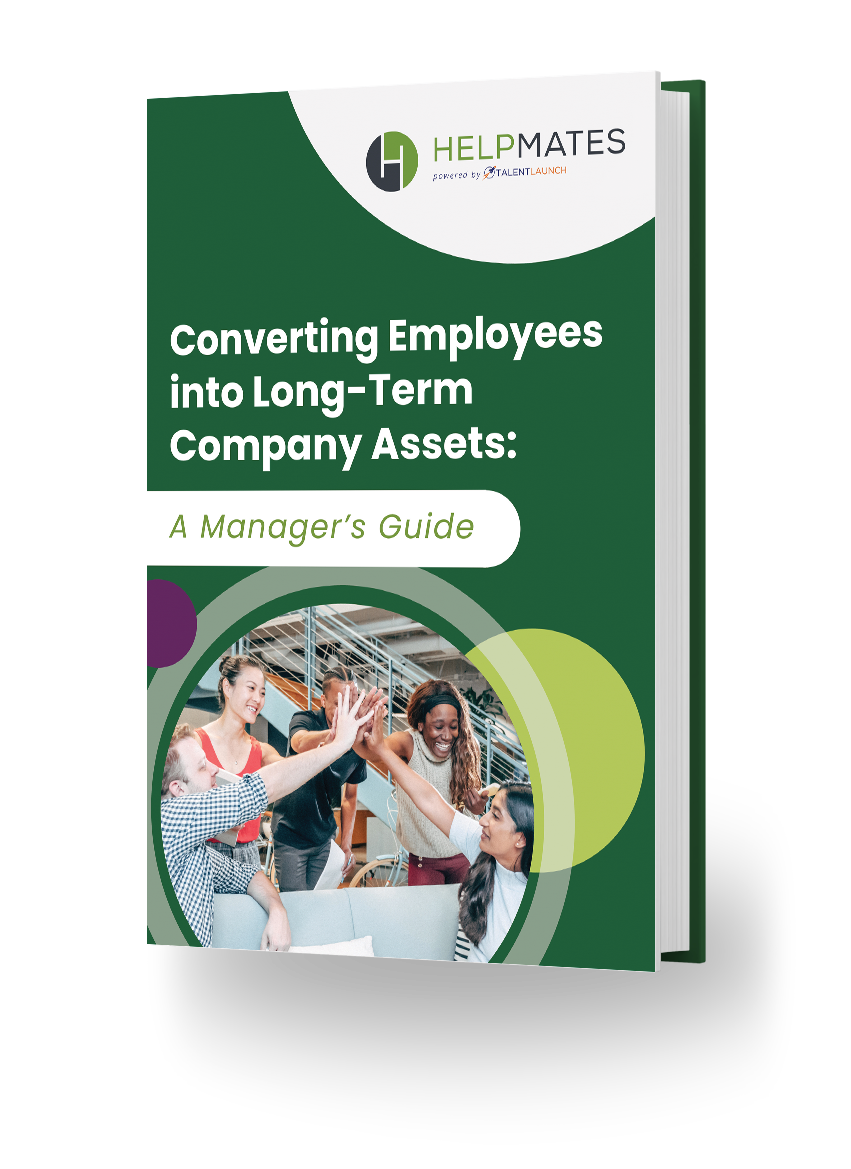You’ve learned how a comprehensive onboarding program helps lay the foundation for long term success. You’ve tweaked your employee development strategy and are well on your way to building a continuous learning culture. Now, you’re ready for the third step in our recruitment and retention strategies series: employee assessments and performance management best practices.
What is Performance Management and Why Is It Important?
First, let’s understand what performance management is. The Society for Human Resource Management (SHRM) defines it as:
The process of maintaining or improving employee job performance through the use of performance assessment tools, coaching, and counseling as well as providing continuous feedback.
An effective performance evaluation and feedback system goes hand-in-hand with providing development opportunities and paths to promotion for employees. This is important because when they are encouraged to grow professionally, employees are more likely to stay committed to your organization and its long-term success.

Employee Evaluation and Assessment Best Practices
Successful workplace retention programs require organizations to be fully engaged and consider initiatives like completion bonuses and timely promotions. These rewards are typically tied in with performance reviews and the goals set forth within them.
Here are four best practices to include in your employee assessment program.
Design an Evaluation System With Measurable Goals
Create a comprehensive evaluation framework that includes specific and measurable goals aligned with your company’s objectives.
We recommend making S.M.A.R.T goals:
- Specific
- Measureable
- Achievable
- Relevant
- Time-bound
While this can look vastly different from one organization to another, all organizations should make the evaluation process fair and transparent, while encouraging employees to stretch and strive for excellence.
Regularly Provide Constructive Feedback and Performance Reviews
We cannot understate the importance of ongoing feedback and open communication.
Establish regular performance review cycles, during which employees receive constructive feedback on their strengths and areas for improvement. Consider including feedback from their peers as well.
But don’t stop there. It’s just as important to receive employee feedback on their manager’s (and company’s) strengths and areas of opportunity. Two-way feedback and evaluation systems cultivate a culture of trust and continuous improvement, motivating long-term staff to reach their full potential.

Recognize and Reward Exceptional Performance
It’s vital for organizations to recognize and reward exceptional performance. Build a robust employee recognition program that celebrates milestones, achievements, and contributions.
“Everyone likes to feel appreciated. These initiatives not only motivate talent — but also create a positive work environment that fosters loyalty and commitment.”
The more you get to know your employees, the more individualized your recognition and rewards can be. Examples of initiatives that Helpmates celebrates include:
- Specialist of the Month
- National Staffing Employee Week
- Sharing positive client feedback
- Onsite visits to recognize specialists in person and present them with a gift of appreciation
Build strong and enduring relationships with your employees by acknowledging their individual strengths and accomplishments — you’ll find it’s a powerful driver of employee engagement and retention.
Ensure Development Opportunities and Paths to Promotion for High Performers
All companies have them: High Performers. Nurturing your high performers is part of recognizing and rewarding exceptional performance, yet deserves a section of its own.
These employees carry massive potential for your organization, so provide them with opportunities for career advancement. Create clear development paths and keep them updated on the path progression. Invest in their growth, further develop their skills, and enable them to take on more significant responsibilities and leadership roles within the company.


Key Takeaways: Employee Assessment and Performance Management Best Practices
- A strong performance management system is important for the development of your employees and your organization.
- Evaluations should include measurable S.M.A.R.T. goals that are tied to overall company goals
- Constructive feedback is a two-way street that should cultivate a culture of trust and continuous improvement
- Recognizing and rewarding employees for their contributions is a powerful engagement and retention tool
Next Up: Maintaining a Positive Work Culture
The next installment in our recruitment and retention strategies series dives into positive work cultures. Even if you do all of the other steps in our series right, your company’s work culture can make or break your entire retention strategy.
Can’t wait? Get the free e-book now!





